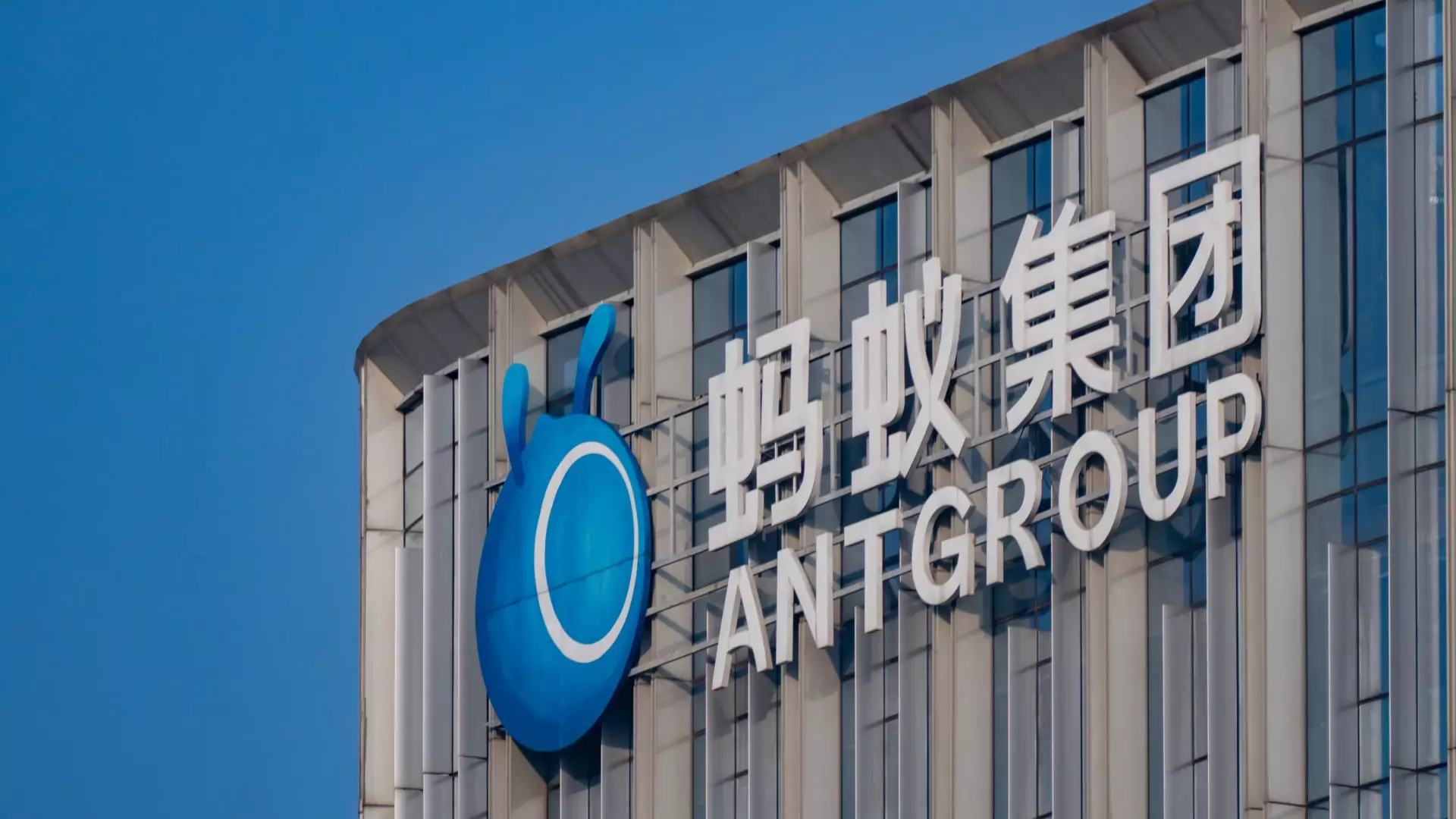In the fast-evolving world of artificial intelligence (AI), efficiency and resilience are becoming critical for companies aiming to stay ahead. An insightful source recently revealed that Ant Group, an affiliate of Alibaba, is actively combining both Chinese and U.S.-manufactured semiconductors to develop cutting-edge AI models. This dual approach not only significantly streamlines the training process but also dramatically cuts down costs. Most importantly, it mitigates the risks associated with heavy reliance on a single supplier, particularly giants like Nvidia. The industry is increasingly adopting a multi-network strategy, known as a mixture of experts (MoE), which allows companies like Ant to train sophisticated models with considerably less computational power.
Ant’s innovative strategy is a thoughtful pivot. By embracing a mixture of resources, the company effectively enhances its performance while simultaneously reducing its operating expenditures by an impressive 20%. Employing lower-cost hardware underscores a growing trend that prioritizes functional efficiency, enabling firms to be nimble in their operations during uncertain times.
The Multi-Faceted Role of Ant Group in AI
Ant Group is well-known for operating Alipay, one of China’s foremost mobile payment platforms, and its ambitions are extending across multiple domains, including healthcare. Recent upgrades to its AI solutions aimed at healthcare facilities in major Chinese cities including Beijing, Shanghai, Hangzhou, and Ningbo spotlight the organization’s commitment to using AI as a transformative tool. The healthcare model, which integrates various proprietary algorithms, is designed to not only field questions relating to medical topics but also significantly enhance patient interaction and service delivery.
Interestingly, the update uses powerful models like DeepSeek’s R1 and V3, along with Alibaba’s Qwen, showcasing a thoughtful amalgamation of resources to maximize efficacy. This integration signals Ant’s drive not just to innovate but also to deliver practical, real-world solutions through AI technology. As the healthcare sector increasingly leans on digital answers, such AI-powered initiatives stand to revolutionize patient care and accessibility.
Navigating Challenges from Global Restrictions
Despite these advancements, Ant Group is not impervious to geopolitical headwinds. U.S. efforts to curtail China’s access to advanced AI technologies and leading semiconductor capabilities create a precarious environment for companies like Ant. While Nvidia still provides lower-tier chips, the escalating restrictions can dramatically impact the innovation trajectory of AI in China. It begs the question: how will Chinese companies continue to pivot and innovate amidst such limitations?
In their quest to advance, Ant’s recent decision to engage heavily with alternatives like Advanced Micro Devices (AMD) and various domestic semiconductor manufacturers demonstrates not only adaptability but also forward-thinking. The ability to navigate these restrictions while forging new partnerships could be crucial in maintaining momentum, establishing a vibrant ecosystem of AI resources, and bolstering domestic industries.
A Vision for Future Innovations
Ultimately, Ant Group’s multifaceted semiconductor strategy, alongside its pioneering efforts in healthcare AI, positions it as a proactive leader in the tech landscape. By significantly reducing dependency on a single chip supplier and fostering an environment of collaboration and creativity, Ant is paving the way for a robust future in AI advancements. The delicate balance of leveraging diverse semiconductor resources while remaining agile in the face of external challenges could very well define the future of AI in not just China, but globally.

